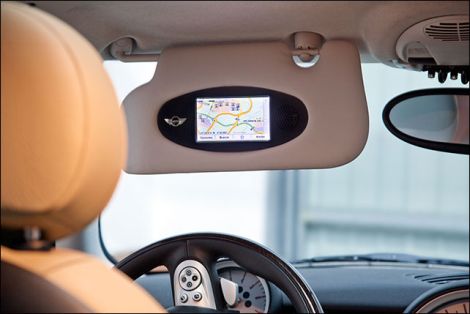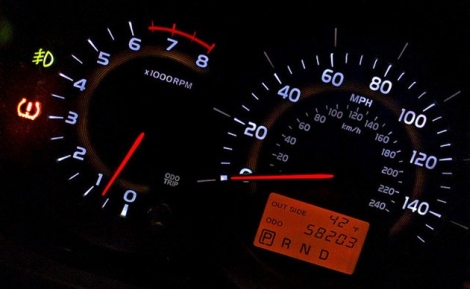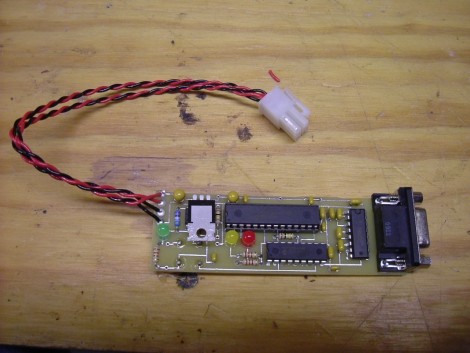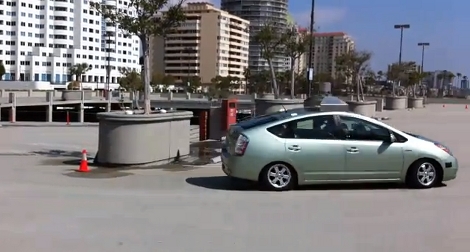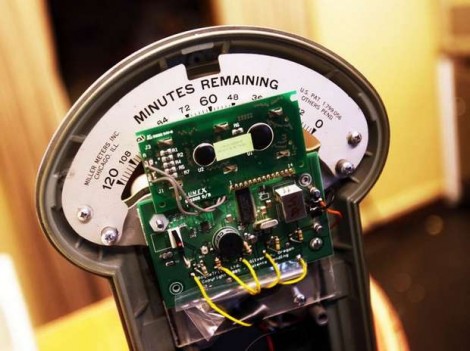
The Mayor of Silverton, Oregon is a hacker and wants to use roll-your-own hardware in the town’s parking meters. It’s not that he thinks he can do a better job than companies selling modern meters (although there have been notable problems with those), but he wants to retain the sentiment of the 1940’s era parking meters that are being replaced. Those meters are known as penny parking meters, because you can get 12 minutes of time for just one penny.
Many municipalities have gone digital with parking payment systems due to costs associated with servicing mechanical meters and collecting coins from each one of them. This hack aims to keep the look of the vintage meters, but replace the mechanical readout with a digital screen. The meter would still offer a reasonable parking deal; five minutes for free. Cost for replacing the internals is estimated at $150 per meter… which seems just a bit high if they are looking at a 250 unit run. The main problem that we see with the idea is that the original parking meter bodies don’t have a slot which can accept quarters.
[Thanks Rick]

